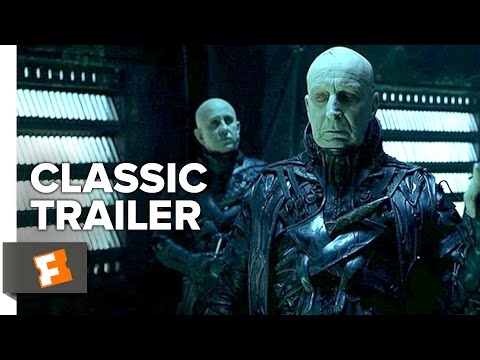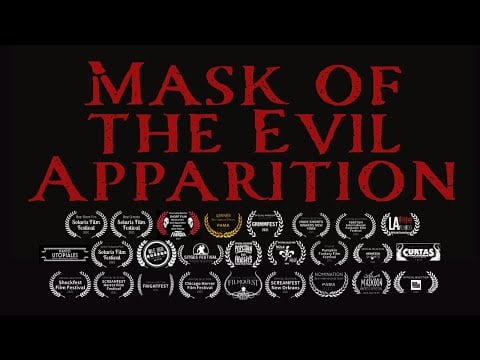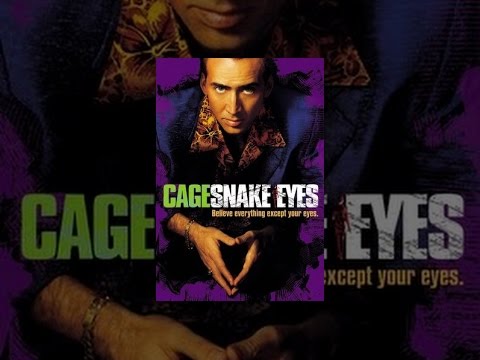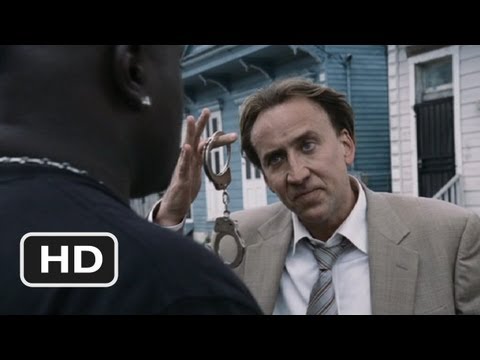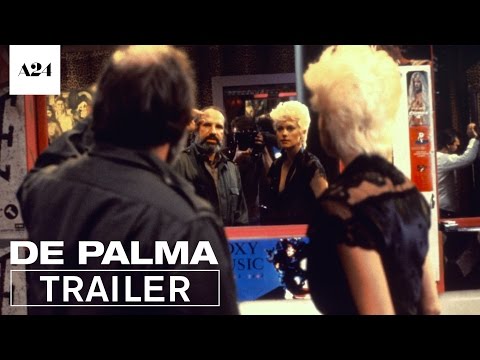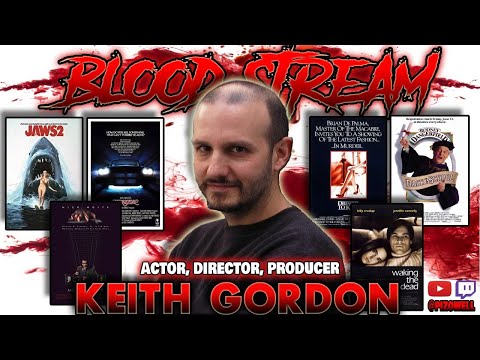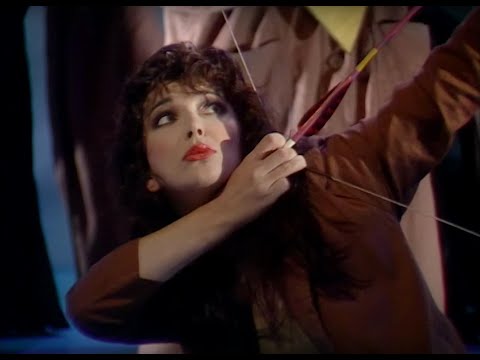How hated was “Hudson Hawk” when it was released in 1991 beyond its dismal box office and a library’s worth of bad press?
A good indicator of just where Bruce Willis’ dream project sat in the culture can be found in a review from Stephen Hunter, then a film critic for the Baltimore Sun.
Mind you, this wasn’t his first crack at reviewing the film. He penned a second review defending himself from filmgoers calling for his head on a pike.
“Has any movie in recent history been so savaged so quickly? Across America, critics high and low, left and right, pedant and genius, plot-synopsizer and gestalt-decoder, agree on one thing: this sucker stinks. That leaves two of us — myself and a critic in a city 40 miles to the south — who dared to like the film,” Hunter wrote. “How could I like “Hudson Hawk” so much? It’s easy. When I sat down in the theater I started to laugh and I laughed for two hours. So sue me.”
Willis stars as Eddie Hawkins in a story the actor conceived with his musician pal Robert Kraft. It includes a world domination plot, Leonardo Da Vinci, a musical number by Willis and Danny Aiello and David Caruso as Kit Kat, one of several characters using candy bars as codenames.
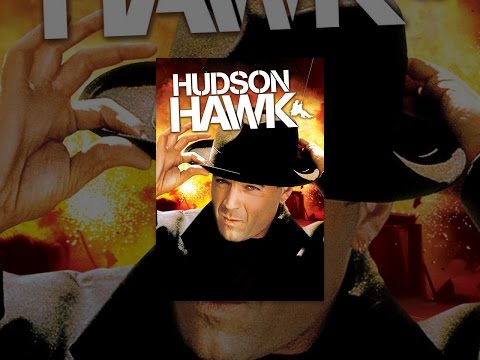
Hawk is a legendary cat burglar fresh out of prison who just wants a cappuccino. He almost immediately finds himself running from security guards and secret agents with his pal Tommy Five-Tone (Aiello) and trying to save the world … or something like that.
The movie never takes its plot all that seriously, so viewers are advised not to either.
At the time of its release, “Hudson Hawk” was largely deemed a Willis vanity project after the $65 million flick couldn’t even muster $20 million domestically. It also “won” three Razzies for Worst Director (Michael Lehman), Worst Screenplay (Steven E. DeSouza, Bruce Willis, Robert Kraft) and Worst Picture.
FAST FACT: Richard E. Grant, who portrays one of the villains in “Hudson Hawk,” thought he’d never work again after catching a screening of the film. “So, with the best intentions, I think It’s like internet dating or any dating: you go into something hoping you’re going to fall in love and it’s going to work out…and then, of course, it’s a living nightmare!” he told The Guardian in 2020.
“Looking at how it kind of became this cult film and what people come up and say to me on the street about it is, they dig that fact that it was making fun of itself and that it was satire. And I don’t think anybody got that when it came out. They thought – they didn’t know what to make of it,” Willis said in a sit-down with Kraft years later for one of the multiple home video releases for “Hudson Hawk.”
According to Willis, early versions of the film’s script leaned towards a younger James Bond vibe, but the filmmaker pushed for more of a comedic bent.
RELATED: THE BRUCE WILLIS FILM HIS ‘DIE HARD’ FANS OVERLOOKED
Hunter may have been standing alone in 1991, but recent years have found “Hudson Hawk” earning retrospective praises, mainly for being a one-of-a-kind cinematic left hook. It may be a vanity project, but it’s a vanity project only Willis could make.
The actor had his well-publicized Hollywood frictions through the years. Still, the outpouring of support from creatives who have worked with him since the news of his retirement and initial aphasia diagnosis (later diagnosed as frontotemporal degeneration) show below the glitz and glamor he was just an artist with a taste for the different, the funny, the weird that most A-listers tend to want to stay away from.
Directors M. Night Shyamalan and Quentin Tarantino have described the man as something of a mentor early in their careers, helping projects like “The Sixth Sense” and “Pulp Fiction” to snag funding. He’s the guy who wore goofy outfits for late-night star David Letterman for no real reason and chatted up fans in the Ain’t It Cool News comments section when promoting 2007’s “Live Free or Die Hard.”
This Jersey boy never took fame all that seriously and seemed to look at it all with a bemused but loving smirk, always thinking more like the cat burglar than the James Bondian hero.
“Hudson Hawk” is Willis from top to bottom. It’s a movie that simultaneously takes nothing it’s doing seriously, yet is also deadly serious about every frame. The big budget can be seen in front of the camera, where it should be, for the Joel Silver production.
“Hudson Hawk” breaks the fourth wall (a young Frank Stallone is given directions “even your brother can understand”) and includes humor that had some critics scratching their heads. They couldn’t figure out what Willis was doing as Caruso’s mute Kit Kat repeatedly pops up and characters survive explosive situations, Looney Tunes-style.
The height of the film comes early when Willis and Aiello perform Bing Crosby’s “Swinging on a Star” as they pull off a heist, using the song to time the robbery. It’s clever, sharp, charming and unique. It’s the longest stretch of film where it feels everyone is aiming for, and hitting the exact same target.
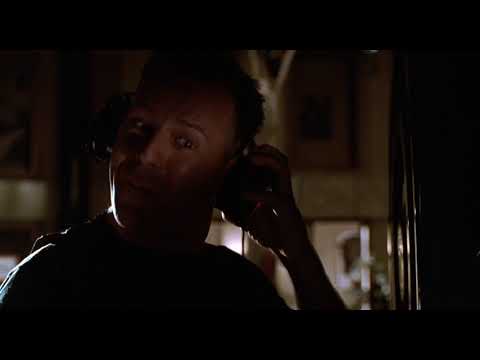
Even when everyone seems to be going for a different target, it still adds to the film’s all-out, wonderful insanity.
In his conversation with Kraft, Willis lovingly described the randomness of “Hudson Hawk,” admitting Tommy Five-Tone was his favorite name from the movie but he has no clue what it means.
It just sounds fun.
In light of Willis’ retirement and current health battle, his last film stands as “Assassin,” a mostly cookie-cutter VOD science fiction flick released in March.
There are a number of incredible works that highlight Willis’ talent, but none show the artist clearer than “Hudson Hawk.” There are still explosions and Willis is sarcastic as ever, but this is also arguably when the actor had the most creative control in his career.
He decided to pour all of his juice into a madhouse production based on an insane idea two starving artists concocted while Hollywood was just a dream.
Hudson Hawk is the Bruce Williest Bruce Willis movie, and in a world where he’ll never grace the screen again, that’s something to appreciate more and more.
NOTE: You can learn more about frontotemporal degeneration at The Association for Frontotemporal Degeneration.
Zachary Leeman is the author of the novel “Nigh” from publisher Gilded Masque and has covered politics and culture for LifeZette, Mediaite, and others.
The post Why ‘Hudson Hawk’ Is the Bruce Williest Bruce Willis Movie appeared first on Hollywood in Toto.
from Movies – Hollywood in Toto https://ift.tt/9E5LpAo

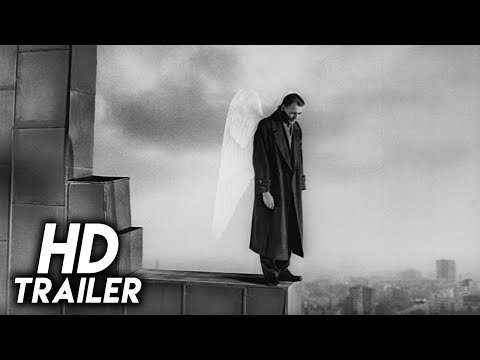
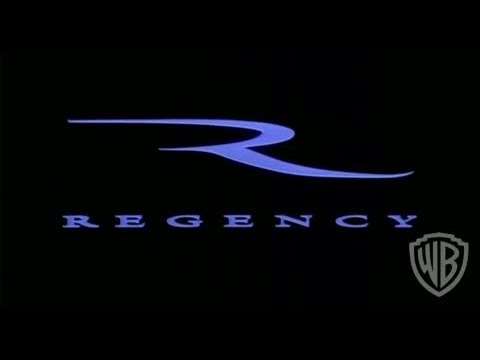


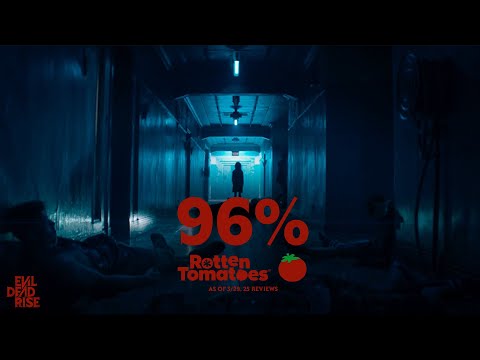



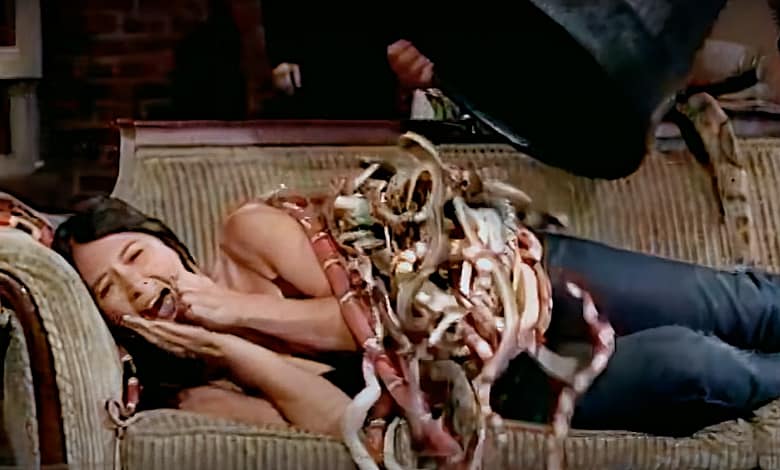
 The Projection Booth Podcast (@proboothcast)
The Projection Booth Podcast (@proboothcast) 